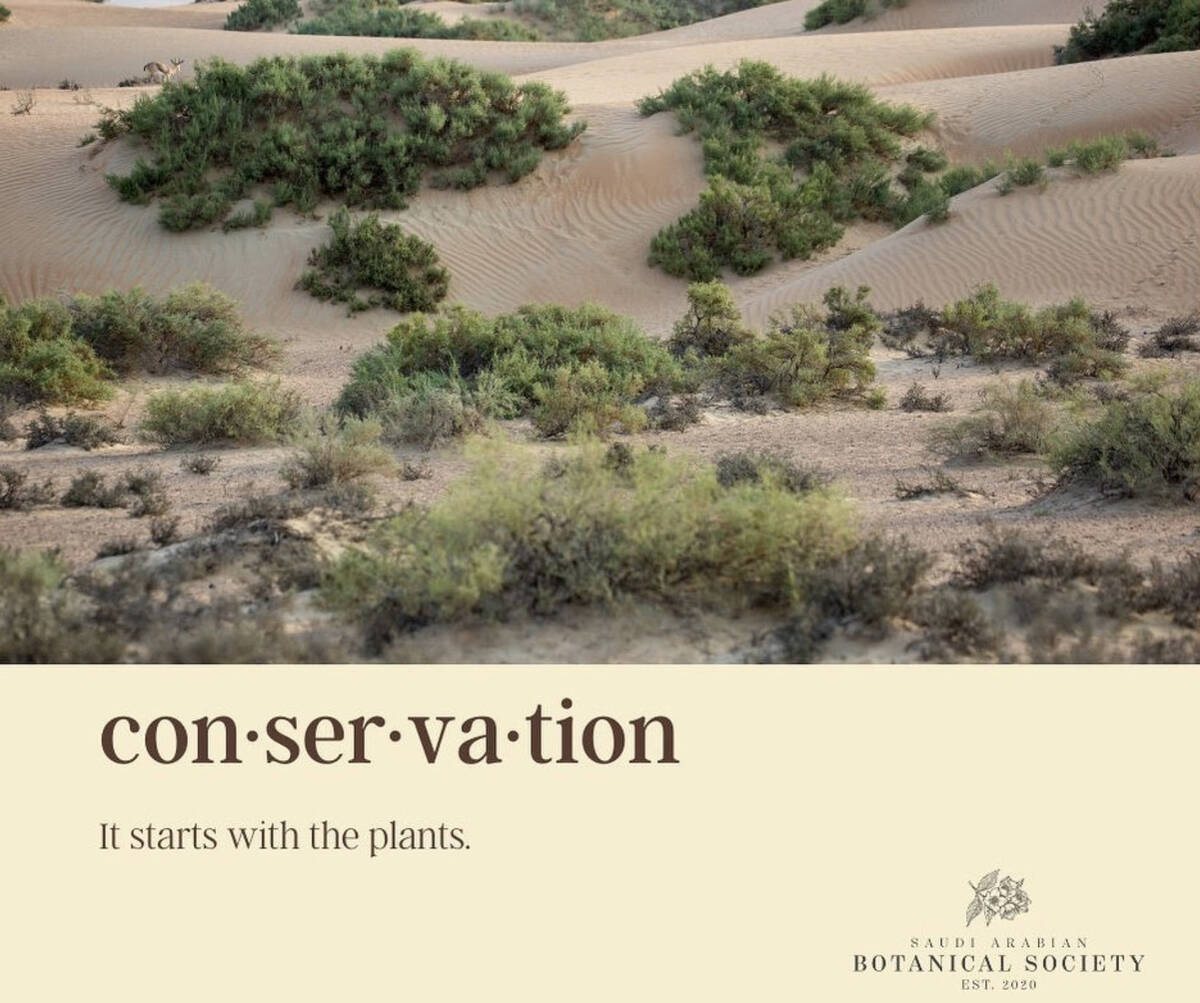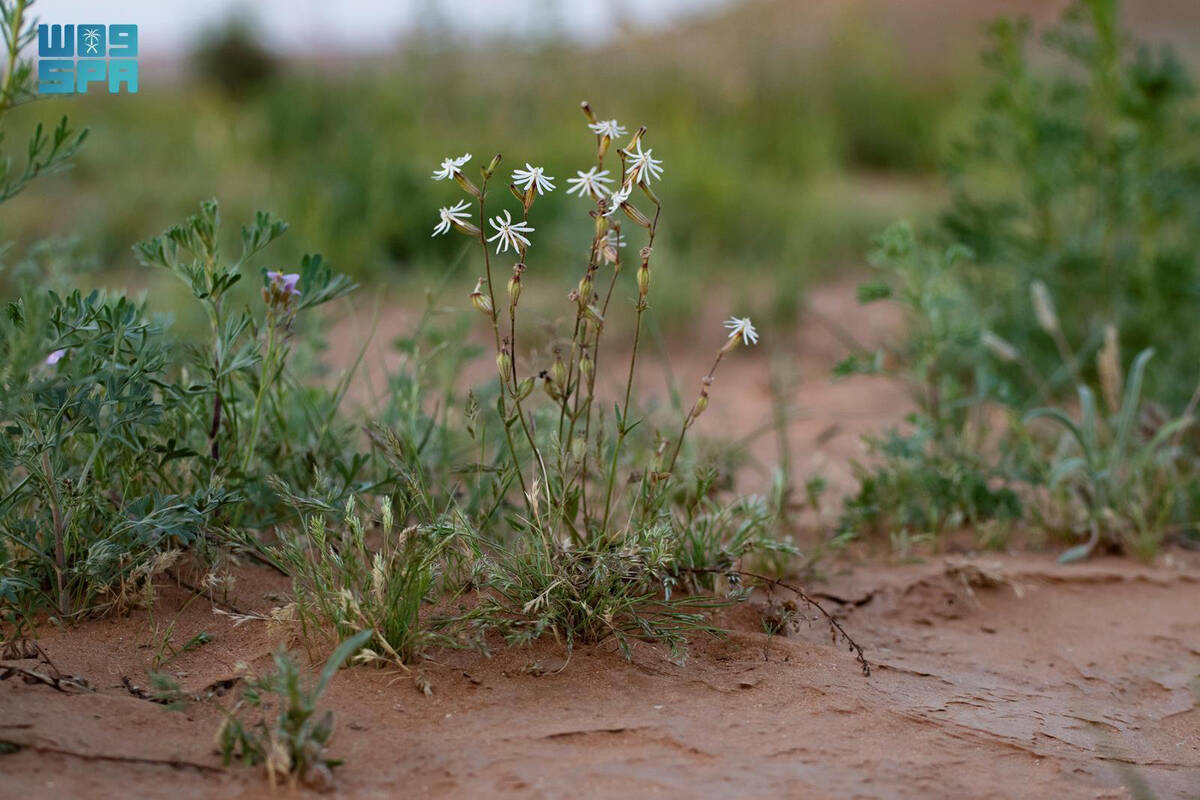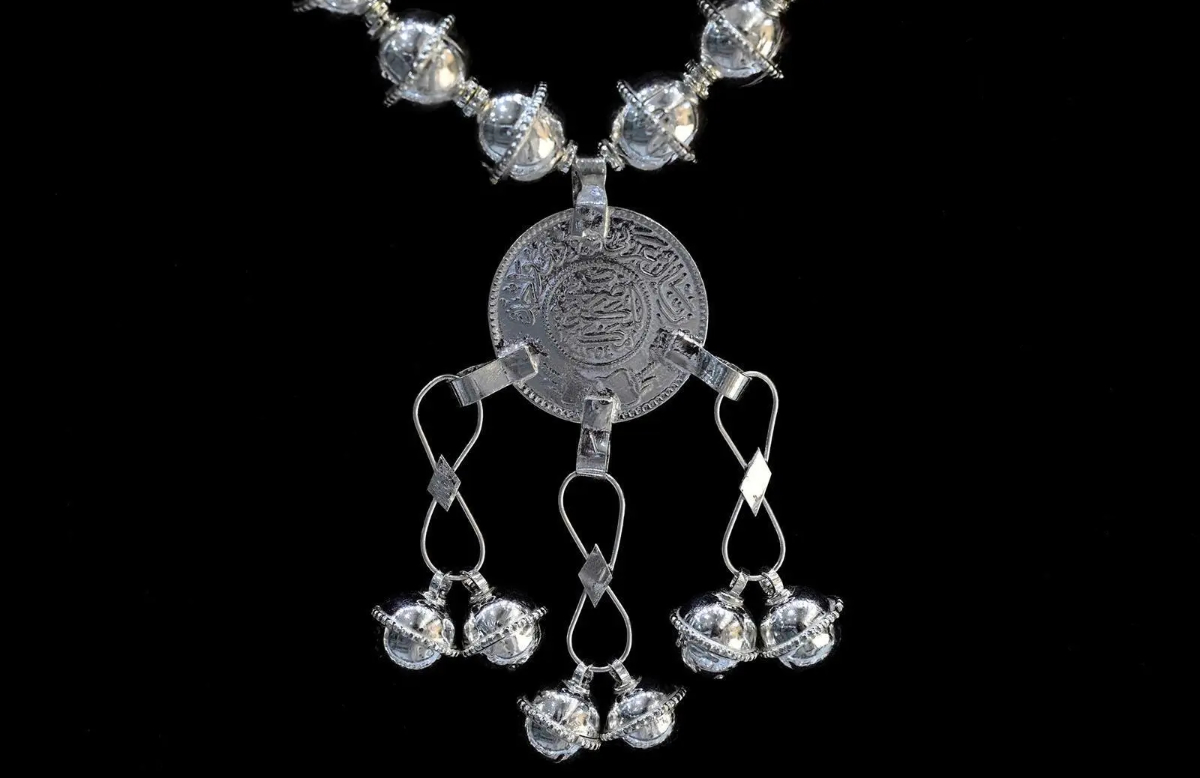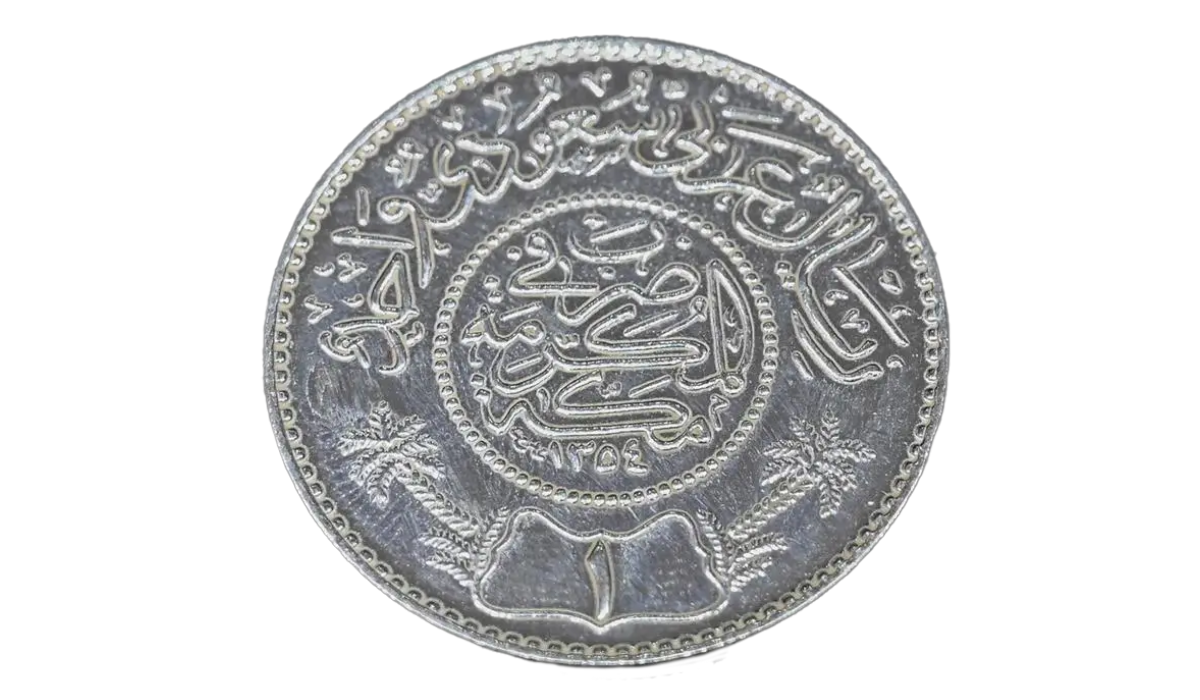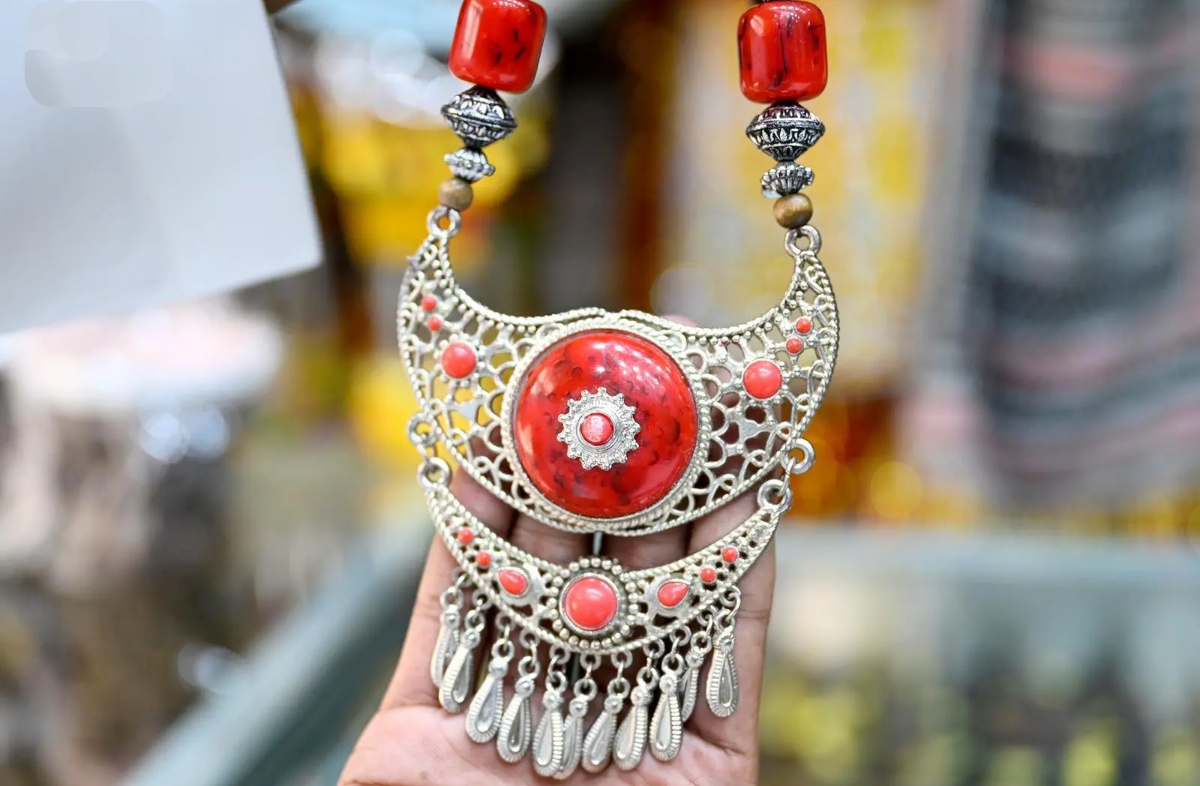RIYADH: Under the respective leaderships of King Salman and Sultan Haitham bin Tariq Al-Said, Saudi Arabia and Oman are steadily broadening the horizons of cooperation and investment to boost their national capabilities, bring further prosperity to both nations and meet the aspirations of their citizens.
The principles of fraternity and unity form the foundations of a strong and solid relationship between the countries. This has helped to strengthen bilateral cooperation, and serves as a starting point for building bridges of understanding and dialogue with other countries in the region, and the wider world, in an effort to achieve security and stability.
Over the past half-century, relations between Riyadh and Muscat have been characterized by cooperation and mutual respect between their leaders, and similar views on regional and international issues. Meanwhile there are long-standing bonds of fraternity between the peoples of the two countries, framed by a shared history, authentic Arab customs and traditions, and popular heritage.
Regionally, they work with their brothers in other countries under the umbrella of the Gulf Cooperation Council (GCC), in accordance with their shared visions and strategic goals, to achieve coordination and integration between member states in various fields. These efforts are expanded through membership of the Arab League and the Organization of Islamic Cooperation, along with cooperation with the international community in support of peace and security as part of the UN.
Ongoing changes in the region motivate the leaderships of the Kingdom and Oman to push for more cooperation at the bilateral, Gulf, and wider regional levels, as part of efforts to guarantee security and stability, and boost development.
Sultan Haitham’s visit to Saudi Arabia this week, at the invitation of King Salman, is his first foreign visit since taking office in January last year. This reflects the status of the Kingdom and its leadership at the political and popular levels in Oman, which is matched by the appreciation and respect the Saudi leadership and people have for the their Omani counterparts.
HIGHLIGHT
Sultan Haitham’s visit to Saudi Arabia this week, at the invitation of King Salman, is his first foreign visit since taking office in January last year. This reflects the status of the Kingdom and its leadership at the political and popular levels in Oman, which is matched by the appreciation and respect the Saudi leadership and people have for the their Omani counterparts.
The meeting of the Saudi and Omani leaders to consult and coordinate on issues that serve the interests of both nations, including regional stability, reflects their wisdom and foresight in dealing with the latest local and international developments.
Sultan Haitham came to power in Oman at an important moment in history, given the political, economic, social and health developments and challenges in the region and the world. These issues must be addressed, taking into account the preservation of established traditions of governance in Oman but also the necessities and requirements of change and modernization. When he took office, the sultan announced major political, financial and economic reforms, including the development of the structure of state agencies and institutions to more effectively meet the hopes and aspirations of the Omani people, and preserve the safety and stability of the country.
At the same time, he pledged to continue with the traditional approach Oman has adopted in its foreign policy, including a commitment not to interfere in the affairs of other nations, and to advance the process of joint action among GCC member states.
As he continues to face the challenges that arise, he has the benefit of the accumulated experience of many years of diplomatic and governmental work before he became sultan, especially his presidency of the main committee responsible for the Oman 2040 vision for the future of the country.
Within the framework of joint action by Saudi Arabia and Oman to strengthen economic relations, Saudi Vision 2030 and Oman Vision 2040 offer similar approaches and opportunities in the fields of trade and investment to help both countries diversify their income and economies.
The Omani vision builds on its political and economic stability. The country is ranked 23rd globally in terms of oil reserves and 27th for gas reserves, and is taking concrete steps to diversify its sources of national income and reduce the dependence on oil.
Oman’s strategic location and its political and security stability offer a competitive advantage in efforts to attract foreign investments. In an attempt to exploit this advantage, it has established a number of economic zones and ports, and is focusing on promising sectors, most notably tourism and logistics.
In addition, the country’s unique landscape and natural splendor have helped to make it a popular destination for Saudi and Gulf tourists, who share with the Omani people a religion and language as well as social customs and traditions.
The Green Middle East initiative, launched in March by Saudi Crown Prince Mohammed bin Salman, represents a promising opportunity for the Kingdom and Oman to cooperate in efforts to combat climate change.
Both countries hope that the establishment of the Saudi-Omani Coordination Council will contribute to setting a common vision for sustaining and enhancing relations in the political, security, military, economic, developmental and human fields.
In the short term, one of the most important developments will be the completion of a land port project that includes the construction of a 680-kilometer road providing a direct route between the Kingdom and Oman. It is expected to boost bilateral trade and investment, as it will reduce the distance by road between the countries by about 800 kilometers. It will also make it easier to transport goods from the Kingdom to the rest of the world by land and from Omani ports.
Trade between the Kingdom and Oman was worth $3.36 billion last year. The value of non-oil exports from Saudi Arabia to Oman amounted to $1.16 billion.







